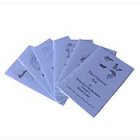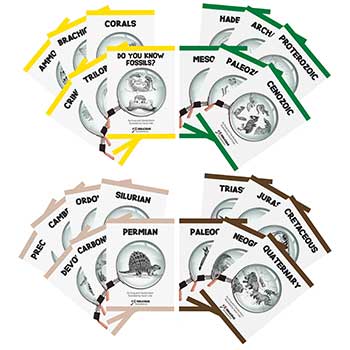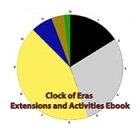Sign up for Lesson Plans, discounts & more!
Plate Tectonics Lesson Plan
This lesson plan on plate tectonics is a real crowd pleaser because you get to eat the demonstration when you have finished! It is easy to do and it demonstrates the action of a transform fault like the famous San Andreas Fault in California.
Lesson/Demonstration #5b: Transform Boundaries demonstration
Direct Aims:
Indirect Aims:
- Preparation for understanding different types of transform faults
Materials:
- Two layered-wafer cookies for each pair of students
- Piece of paper, larger than the wafers, labeled N, S, E, W for the cardinal directions
- Tube of frosting (chocolate or tinted black)
- Geographic Map that shows plate boundaries
Procedure
- Review Lesson 5 in which you defined transform boundaries.
- Lay the cookies side-by-side on the paper in a northwesterly direction. (Cookies represent the Pacific Plate and the North American Plate)
- Spread a line of frosting across the two cookies. (To represent a road.)

- Move the cookie on the left in a northwesterly direction, while moving the cookie on the right in a westerly direction.
- Observe: Do the plates move or stick? Is there sideways motion? What happens along the edges of the plates? What happens to the road?
- Show the students the location of the San Andreas Fault in California. This is a transform Boundary / Fault between the North American Plate and the Pacific Plate.
- Students may lay arrows on a globe to demonstrate the direction the plates are moving.
Explanation for the teacher/science behind the work: The transform boundaries occur between plates that are sliding by each other in opposite directions. Transform Faults occur at these locations and there are frequent earthquakes.
Statement: Transform Boundaries are boundaries between plated that are slipping side by side.
Check out some of the Educational Materials for sale on our sister site fossilicious.com.

interested in more? If so, you may want to check out our other sites:
fossilicious.com - Our online fossil and mineral rock shop.
rocksandminerals4u.com - An educational site about rocks, minerals, and geology.
Geologic Time Geologic Time Line
Cenozoic Era
Quaternary
Neogene
Paleogene
Mesozoic Era
Cretaceous
Jurassic
Triassic
Paleozoic Era
Permian
Carboniferous
Devonian
Silurian
Ordovician
Cambrian
Archean Time
Hadean Time
Teachers Resources
Activities for Education and Fun
Earth Science Lesson Plans
Activities For Kids
Fossil Lesson Plans
Fossil Activities
Education Articles
Coloring Pages
Dinosaur Coloring Pages
Montessori Materials
Geology Club
Fossil Hunting
 |
 |
 |




